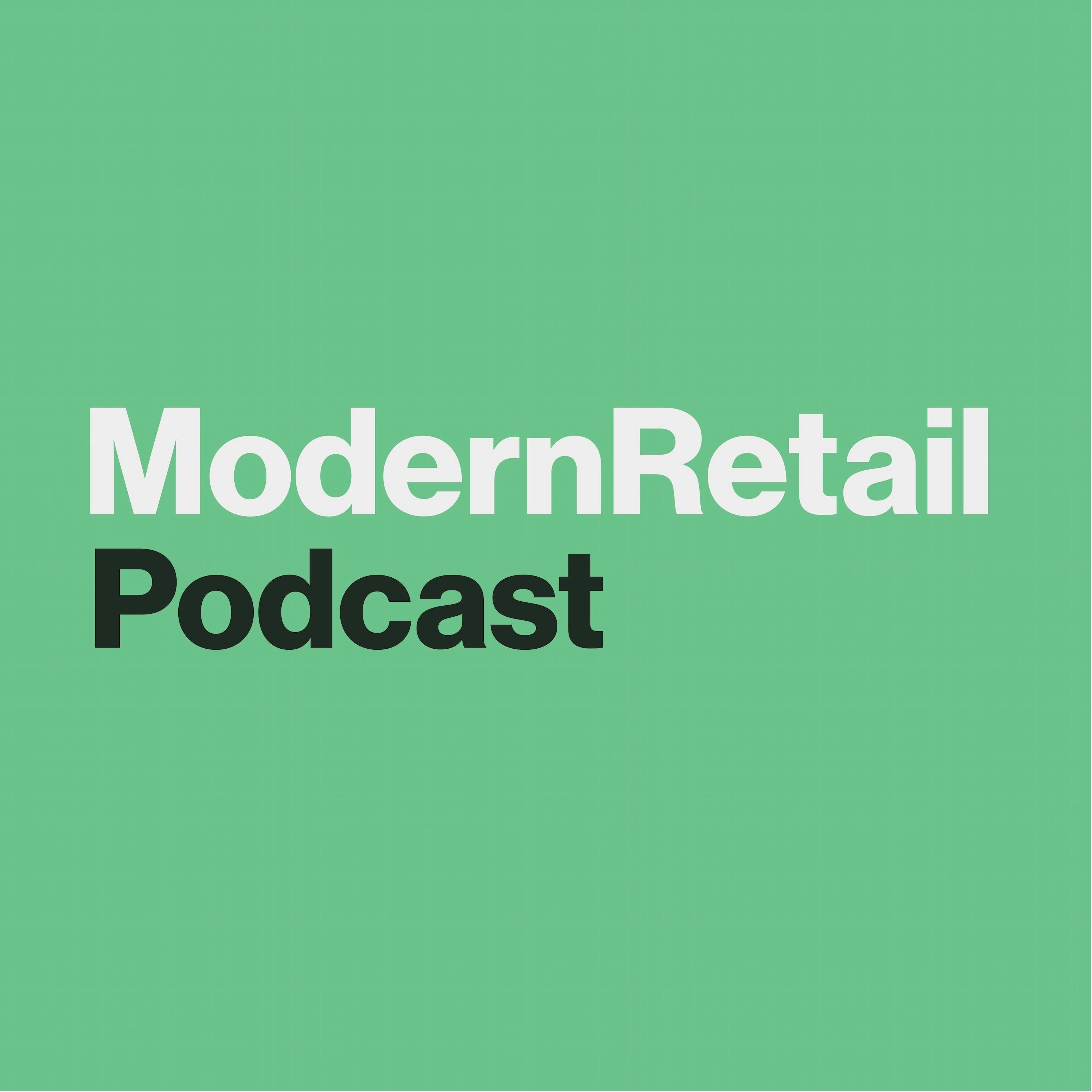We can't find the internet
Attempting to reconnect
Something went wrong!
Attempting to reconnect
'We had gotten old': Lee Jeans exec Chris Waldeck on energizing the century-old denim brand

Access AI content by logging in
Lee Jeans is over a century old, but it's trying to remain hip with younger generations.
One way it does this is with collaborations. For example, the apparel brand recently worked with the menswear company Brooklyn Circus on a new joint collection. The products are an update on some of Lee's oldest designs -- an attempt to bridge a heritage brand with something newer.
According to Chris Waldeck, evp and co-chief operating officer at Lee's parent company Kontoor Brands, the philosophy behind these types of collaborations is to tell a story that one brand alone couldn't tell. "There's no connection between Brooklyn Circus and Lee," Waldeck. The strategy behind joining to disparate brands is "bringing them together to tell a fantastic story and to make some great products."
Waldeck joined the Modern Retail Podcast this week and spoke about the denim brand's updated strategy. Lee has been around since 1889, but has had its ups and downs. Lee used to be a part of VF Corporation, which owns brands like North Face and Timberland. But in 2019, VF spun out both Lee and Wrangler to their own parent company Kontoor.
Now, the company is focused on bringing Lee to new -- and younger -- shoppers. A lot of that, he said, is about finding Gen Z on new platforms, and figuring out ways to make its products accessible to youth audiences.
Waldeck joined Lee in 2017. He said his mandate was "to energize the brand." At the time, he said, "we had gotten old and our consumer was getting older." As such, he's spent the last five years trying to give the legacy brand a facelift of sorts.
The challenge, he said, has been keeping with Lee's legacy and styles while still reaching new people. To make it even more difficult, the strategy isn't the same around the world. For example, China, which is one of Lee's biggest markets, has a markedly different selling and marketing strategy than the U.S. and Europe.
"What underpins [our approach] is a really strategic approach to segmentation," said Waldeck. "And that goes back to our icons, to our archives and how we think about the different products that we bring through."
